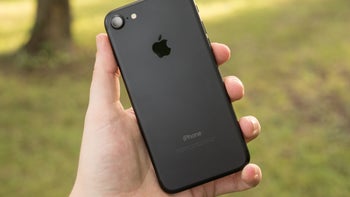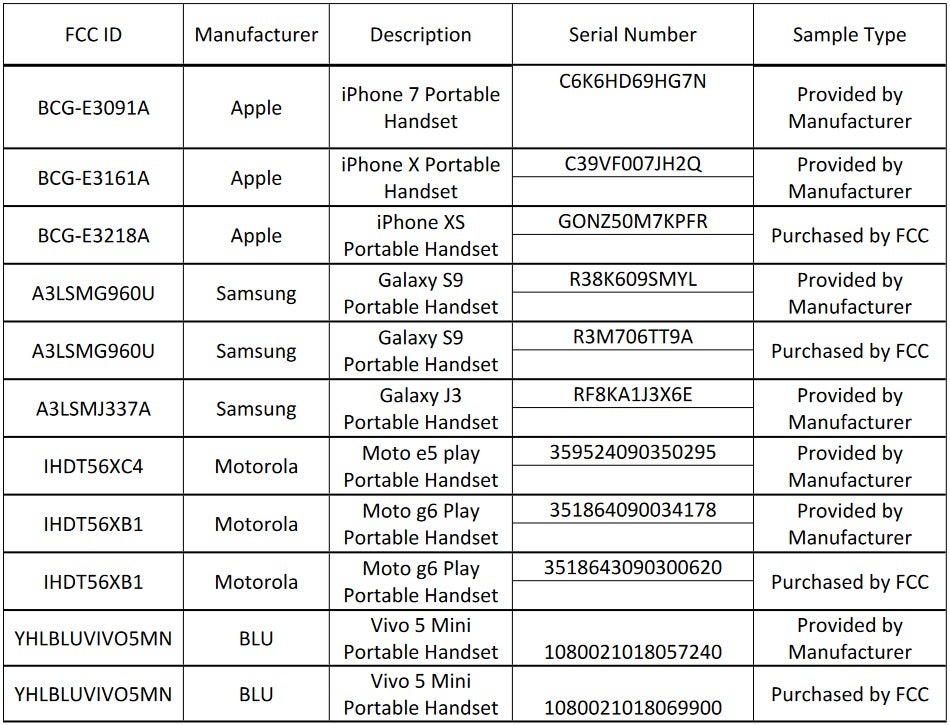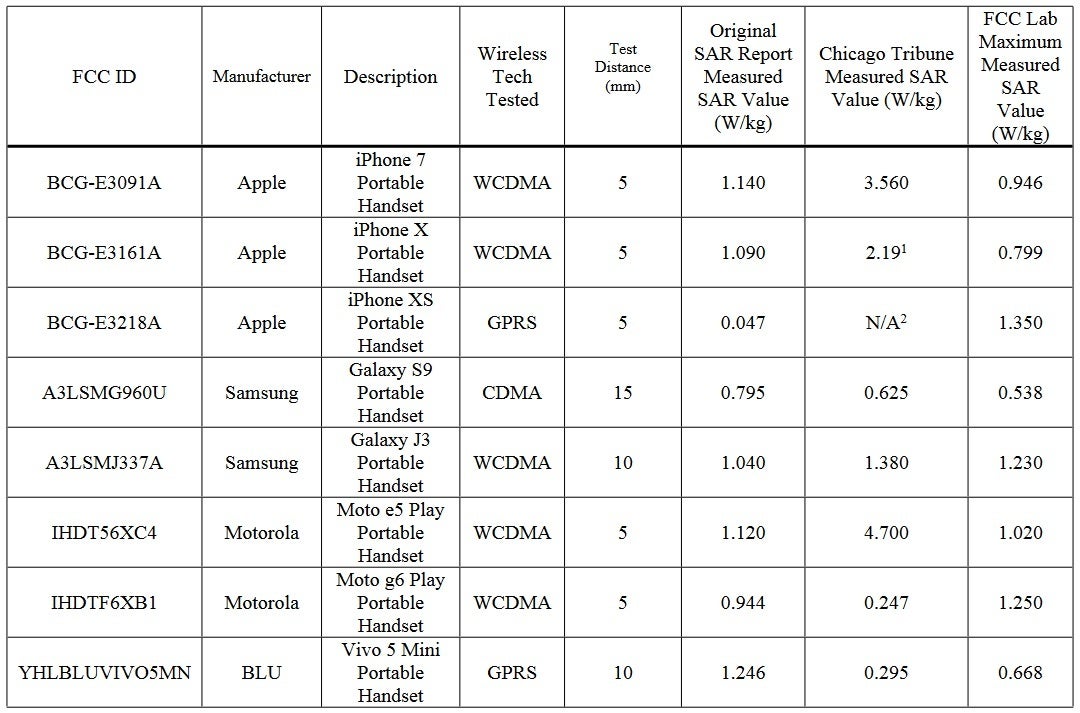FCC says Apple and Samsung phones do not release too much radiation

You might remember that back in August, the Chicago Tribune discovered that the Apple iPhone 7 and Samsung Galaxy S8 handsets released RF radiation over the legal limit as prescribed by the FCC. The Tribune wrote that the RF radiation that leaked out of the iPhone 7 was double the figure that Apple copped to. And the Galaxy S8, from a distance of 2mm, released a stunning 8.22 watts per kilogram (W/kg). That means that the phone was leaking more than five times the amount of RF radiation allowed by the government (1.6W/kg). The FCC responded to the Tribune's story by stating that it takes claims of non-compliance with its regulations seriously and would be conducting its own investigation.
The FCC found that none of the phones it tested released RF radiation over the legal limit
Today the FCC announced the results of its testing which are based on the Specific Absorption Rate (SAR). This measures the rate that energy is absorbed into a human body exposed to a radio frequency (RF) electromagnetic field. For this testing, the FCC said that it used standardized models of the human head and body that are filled with Tissue Simulating Liquid (TSL).
Some of the manufacturers provided the regulatory agency with the phones to test. For example, Apple gave the FCC an iPhone 7, and an iPhone X. Samsung gave them a Galaxy S9 and a Galaxy J3 while Motorola provided the FCC with an E5 Play and a G6 Play. BLU turned over its Vivo 5 Mini. The FCC went out and purchased its own iPhone XS, Samsung Galaxy S9, Moto G6 Play, and BLU Vivo 5 Mini.

The phones tested by the FCC
Depending on the phone being tested, the distances used by the FCC to test the RF radiation ranged from 5mm to 15mm. And the FCC found that all of the phones it had in its possession produced RF radiation at less than 1.6W/kg. The agency wrote in the conclusion of its report, "All sample cell phones tested by the FCC Laboratory, both grantee-provided and FCC-purchased samples, produced maximum 1-g average SAR values less than the 1.6 W/kg limit specified in the FCC rules. Therefore, all tested sample devices comply with the FCC RF radiation exposure general population/uncontrolled limits for peak spatial-average SAR of 1.6 W/kg, averaged over any 1 gram of tissue as specified in 47 CFR § 2.1093(d)(2), and these tests did not produce evidence of violations of any FCC rules regarding maximum RF exposure levels."

The results of the FCC test
We don't know why the Chicago Tribune had such different results, but the last word right now is that the phones mentioned in this article are safe. And while that is good news for most of us, it isn't for law firm FeganScott and its clients. The law firm has consolidated two separate class-action suits against Apple and Samsung into one legal action filed in U.S. District Court for the Northern District of California, San Francisco Division. The suit asked manufacturers to pay for the medical monitoring of the class-action members and sought an undisclosed damages award. The law firm said earlier this month that "The independent results confirm that RF radiation levels are well over the federal exposure limit, sometimes exceeding it by 500 percent when phones are used in the way Apple and Samsung encourage us to. Consumers deserve to know the truth."
The law firm hired an FCC-accredited lab which it says ran tests that confirmed Apple and Samsung handsets exceed the legal limit for RF radiation when the devices are used in the manner recommended by the manufacturers. Some of the phones mentioned were not tested by the FCC including the Apple iPhone 8. FeganScott says that the latter released five times the legal amount of RF radiation when it was 0mm or right up against the skin.










Things that are NOT allowed: